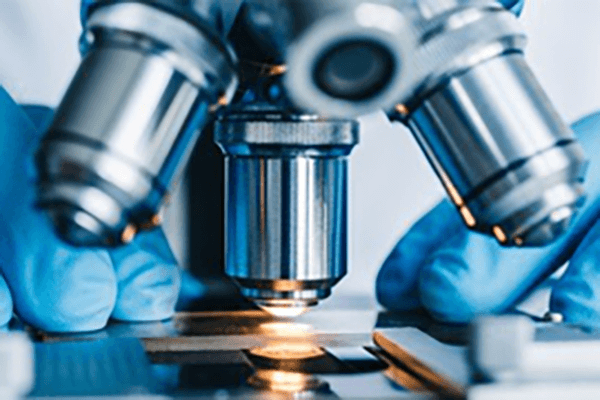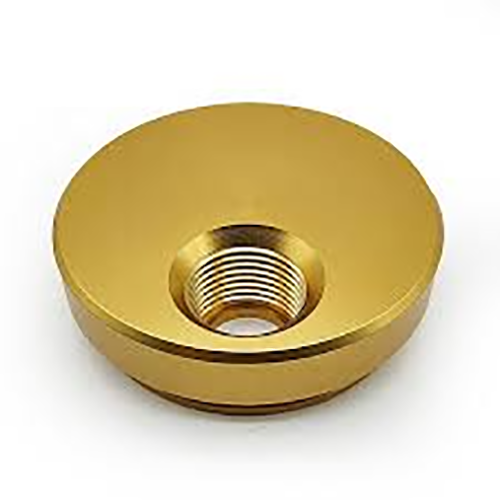
Meeting defined surface quality on a CNC-produced component proves indispensable.
- Technical drawings lay out precise surface criteria for components
- Drawings commonly cite Ra, meaning root mean square average, to measure texture
- Familiarity with surface callouts is vital for achieving performance targets
- A well-defined surface finish can impact factors such as lubrication, friction, and durability
- Accurate interpretation of callouts is required to realize the targeted surface
CNC Machining — Precision Engineering Explained

Numerical control machining stands as an advanced production approach through G-code driven routines the hardware sculpts intricate parts accurately.
- Computer-driven machining creates reliable parts from assorted materials
- Broad CNC applicability benefits industries like aerospace, automotive, and healthcare
- Machine-controlled machining secures stable repeatability for production lots
Across R&D to production scale-up CNC machining drives manufacturing evolution
Comprehending CNC Machine Specifications
Interpreting CNC data often seems complex on first review
Still a modest foundation of know-how combined with structure allows navigating specs
Set out by finding key metrics: spindle speed, feed settings, positional accuracy, work envelope, controller
Every listed attribute influences the equipment’s operational capacity.
In practice greater spindle speed often suits ductile substrates whereas higher feed supports productivity.
Seeing these associations aids in selecting the correct machine for your use
It’s wise to study manufacturer documentation comprehensively.
Those resources usually offer helpful explanations and clarify jargon
Understanding CNC Machines: A Complete Overview
CNC machines are specialized computer-controlled systems used in manufacturing for precise and automated fabrication of various materials These systems execute G-code sequences to govern tool movement and actuation.
- Typical CNC models span milling centers, rotary lathes, CNC routers, plasma tables
- Processes are adaptable to metals, polymers, timber, and composite materials
- Furthermore CNC machines allow for rapid prototyping and low-volume production runs making them valuable assets for small businesses and research centers
Computer Numerical Control Machines: An Overview
They demonstrate convergence of tight hardware tolerances and refined software control CNC platforms apply programming to fabricate both basic components and complex assemblies Key principle turns electronic models into physical artifacts.
- Programmed machining process
- Digital-to-physical process
It requires coordinated toolpath steps instructed by G-code Engineers contribute by setting machining variables, overseeing runs, and assuring product standards.
Surface Finish's Importance in CNC Machining
Producing expected finish through machining is important It changes how a part performs and how it looks Base material, cutting conditions, and post-machining refinements govern texture.
Superior polishing extends service life; rougher finishes may limit capability Numerical control machining supplies multiple methods and cutters to obtain target textures.
- Example: altering tool nose radius and flute profile |tool materials|tool speed tuning to deliver finish
- Supplementary finishing like polishing or abrasive grinding enhances surface
Grasping how machining variables affect texture is critical to obtain optimal outcomes.
CNC Machine Basics: From Operation to Applications
It constitutes a high-precision manufacturing approach using programmed machine tools to form parts from many materials They adhere to programmed code to reproduce complex geometries with repeatable accuracy Grasping G-code, tool selection, and machine operation underpins successful manufacture
Sectors served include aerospace, automotive, manufacturing, medical, and electronics fields From aircraft parts to precision plastic molds, CNC creates complex high-quality items
Surface Finish Notation for Machined Components
Precise surface specification proves essential in CNC machining It ensures part compliance with operational and appearance standards Finish specifications are often expressed via the Ra roughness standard The value, shown in µm or inches, quantifies mean surface irregularity height.
Account for desired texture and the component’s purpose when selecting finish

In practice smoother finishes help where exact fits and close tolerances are essential
More pronounced surface profiles help applications relying on friction or traction
Apply clear finish annotations in technical drawings to state desired texture Document the Ra value and enumerate any extra finishing or treatment instructions.
Bear in mind accurate finish callouts drive better manufacturing results
CNC Machine Categories and Capabilities
The CNC ecosystem includes a broad selection of machines for multiple task categories They leverage CAD/CAM designs to instruct cutters for accurate and efficient fabrication.
- Milling centers craft intricate contours cavities and surfaces by subtractive cutting
- Profiling routers cut complex outlines usually in softer materials
- Laser, waterjet, and plasma technologies suit intricate shapes and delicate workpieces
The choice of CNC machine depends on the specific project requirements materials being worked with and desired precision Specialized CNC abilities fulfill industry requirements across sectors from transport to healthcare.
Securing Optimal Finish Using CNC Machining
Securing excellent surface finish plays a key role in production and CNC methods enable that outcome Through careful tuning of feeds speeds and tool profiles operators manage chip formation and surface generation In addition top-grade tooling and adequate lubrication help generate finer surfaces By choosing tailored toolpaths and precise setups operators can deliver parts with outstanding finishes.
Surface Finish Considerations in CNC Programming
Mastering surface finish during CNC programming is crucial for achieving desired quality outcomes The chosen machining parameters including feed rate spindle speed and cutting tool geometry exert a significant influence on the final surface texture Exact parameter choices plus proper fluid management achieve refined finishes.
- In addition periodic tool servicing and checks secure consistent surface quality Furthermore regular tool maintenance and inspection are essential for ensuring a consistent and machine finishing symbols high-quality surface finish over time Moreover scheduled tool maintenance and inspection preserve surface performance
- To improve surface outcome account for material, roughness target, and application
- Virtual simulation provides a way to optimize feeds and speeds before cutting
- In addition periodic tool servicing and checks secure consistent surface quality
